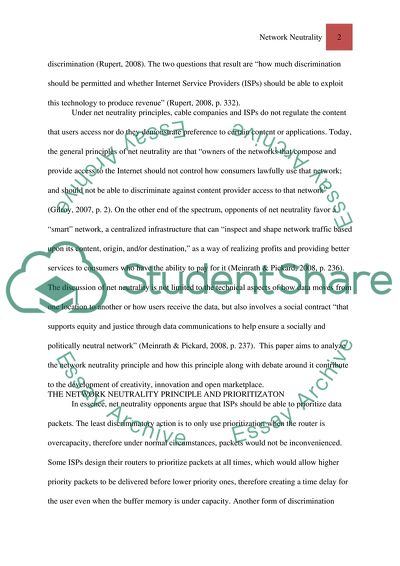Cite this document
(Network Neutrality Principle Coursework Example | Topics and Well Written Essays - 2500 words, n.d.)
Network Neutrality Principle Coursework Example | Topics and Well Written Essays - 2500 words. Retrieved from https://studentshare.org/information-technology/1744886-the-principle-of-network-neutrality-and-its-role-in-safeguarding-creativity-innovation-and-an-open-marketplace
Network Neutrality Principle Coursework Example | Topics and Well Written Essays - 2500 words. Retrieved from https://studentshare.org/information-technology/1744886-the-principle-of-network-neutrality-and-its-role-in-safeguarding-creativity-innovation-and-an-open-marketplace
(Network Neutrality Principle Coursework Example | Topics and Well Written Essays - 2500 Words)
Network Neutrality Principle Coursework Example | Topics and Well Written Essays - 2500 Words. https://studentshare.org/information-technology/1744886-the-principle-of-network-neutrality-and-its-role-in-safeguarding-creativity-innovation-and-an-open-marketplace.
Network Neutrality Principle Coursework Example | Topics and Well Written Essays - 2500 Words. https://studentshare.org/information-technology/1744886-the-principle-of-network-neutrality-and-its-role-in-safeguarding-creativity-innovation-and-an-open-marketplace.
“Network Neutrality Principle Coursework Example | Topics and Well Written Essays - 2500 Words”, n.d. https://studentshare.org/information-technology/1744886-the-principle-of-network-neutrality-and-its-role-in-safeguarding-creativity-innovation-and-an-open-marketplace.


